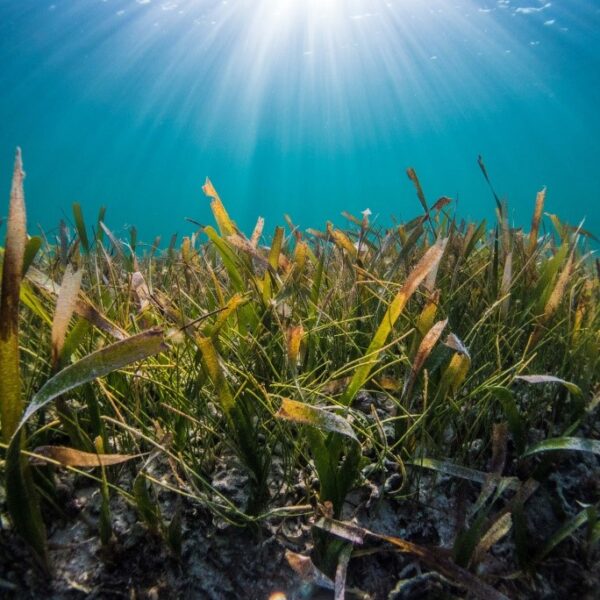Scientists from Project Seagrass and Swansea University have outlined ten “golden rules” to improve seagrass restoration, a key strategy for combating global biodiversity loss. Published in the journal Plants People Planet, the paper introduces and explains the rules for effective restoration, addressing the challenges of restoring marine habitats, particularly seagrass, which is often seen as an easy solution to environmental degradation.
Protection and rejuvenation needed
The paper emphasises that successful restoration requires a multifaceted approach. The first step is to reduce stressors like water pollution, boating, and coastal development that harm seagrass habitats. The scientists advocate for a broader perspective on restoration, focusing not just on planting new seagrass meadows but also on rejuvenating existing damaged areas, protecting threatened meadows, and fostering resilience in seagrass ecosystems.
The ten golden rules serve as a comprehensive guide for restoration efforts. The authors stress the importance of protecting existing seagrass meadows before attempting new plantings, as restoration is often slower, costlier, and less effective than preserving existing grounds. Collaboration among stakeholders is essential, ensuring that local communities are involved in the long-term stewardship of restoration sites. The rules also emphasise the need to create biodiverse ecosystems that provide multiple benefits to both people and the planet.
Credit: Project Seagrass press release
Site selection is critical, with the authors recommending a rigorous process that considers environmental factors, biological parameters, and social attitudes. The appropriate restoration methods should be selected based on the specific conditions of each site, and resilient plant materials should be used to future-proof projects against climate change.
Planning ahead is crucial to address infrastructure needs, capacity, and potential risks. Realistic goals should be set, and a “learn by doing” approach is encouraged to support collective learning from both successes and failures. Finally, sustainable funding mechanisms are needed to ensure long-term restoration success, as seagrass restoration is expensive and often underfunded.
The authors state the need for a holistic approach to seagrass restoration, integrating scientific research, community involvement, and sustainable financing to achieve meaningful and lasting outcomes for marine ecosystems.
Dr Richard Unsworth, lead author on the paper who is the Chief Scientific Officer at Project Seagrass and Associate Professor at Swansea University said, “To rebuild marine life at the scale and speed required to fight the biodiversity crisis and the climate emergency we need to think bigger, whereby we bring degraded habitats back to life at the same time as creating vast new habitat in support of coastal livelihoods, and community resilience”
The work was published in an Open Access article in the journal Plants People Planet.
Read the full press release on Project Seagrass here.
